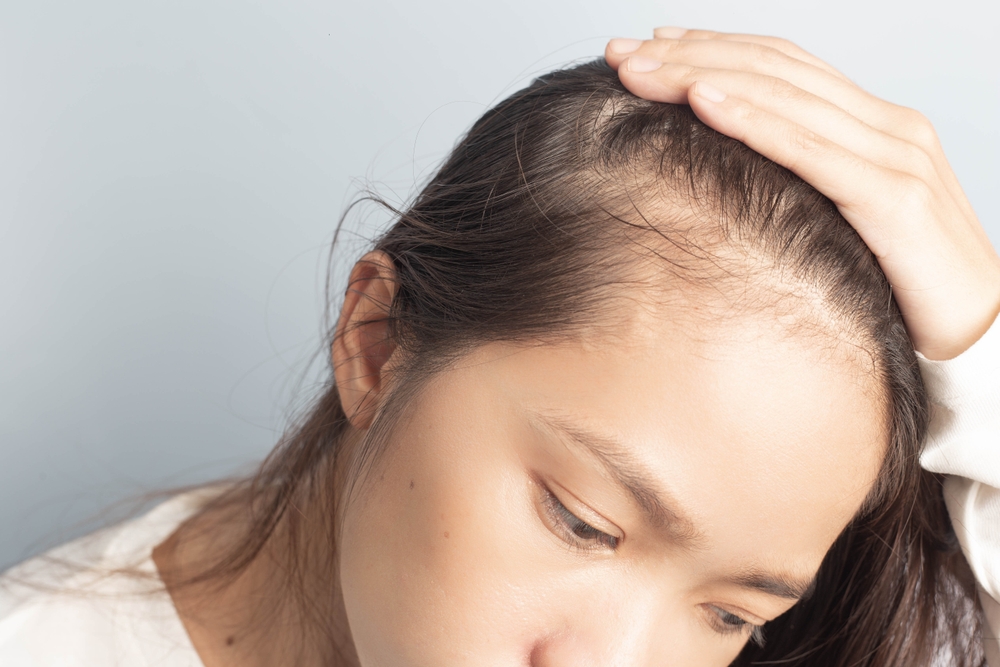Dubai is at the forefront of advancements in hair replacement technologies, offering a range of cutting-edge solutions to address hair loss effectively. From non-surgical methods to advanced surgical techniques, the city’s clinics utilize state-of-the-art technology to provide personalized and effective treatments. This guide explores some of the most innovative Hair Replacement in Dubai technologies available.
1. Scalp Micropigmentation (SMP)
1.1. What is Scalp Micropigmentation?
Scalp Micropigmentation (SMP) is a non-surgical technique that involves tattooing tiny pigment dots on the scalp to replicate the appearance of hair follicles. This method is designed to create the illusion of a fuller head of hair, even in areas of significant thinning or baldness.
1.2. Technological Advancements
- Precision Equipment: Modern SMP uses advanced needle technology and high-quality pigments to achieve precise and natural-looking results.
- Digital Mapping: Some clinics utilize digital mapping to customize the treatment according to the client's natural hair growth patterns, ensuring a more realistic appearance.
2. Platelet-Rich Plasma (PRP) Therapy
2.1. What is Platelet-Rich Plasma Therapy?
Platelet-Rich Plasma (PRP) Therapy involves drawing a small amount of the patient’s blood, processing it to concentrate the platelets, and injecting it into the scalp to stimulate hair growth.
2.2. Technological Innovations
- Centrifuge Technology: Advanced centrifuge machines are used to separate platelets from other blood components with high precision, enhancing the effectiveness of the therapy.
- Injection Techniques: Innovations in injection technology, such as automated devices, ensure more accurate and comfortable administration of PRP.
3. Low-Level Laser Therapy (LLLT)
3.1. What is Low-Level Laser Therapy?
Low-Level Laser Therapy (LLLT), also known as red light therapy, uses low-level lasers or light-emitting diodes (LEDs) to stimulate hair follicles and promote hair growth.
3.2. Technological Developments
- Laser Devices: Modern LLLT devices are equipped with advanced laser technology and customizable settings to cater to individual treatment needs.
- Wearable Devices: Innovative wearable devices, such as laser caps and helmets, allow for convenient at-home treatments, enhancing accessibility and compliance.
4. Hair Cloning and Regenerative Medicine
4.1. What is Hair Cloning?
Hair Cloning involves replicating hair follicles to generate new hair growth. Although still in the research and development phase, this technology holds promise for addressing hair loss at a fundamental level.
4.2. Current Advances
- Stem Cell Research: Advances in stem cell research are paving the way for potential hair cloning solutions by enabling the regeneration of hair follicles.
- Regenerative Techniques: Techniques such as tissue engineering and cellular reprogramming are being explored to improve the efficacy of hair cloning.
5. Follicular Unit Extraction (FUE)
5.1. What is Follicular Unit Extraction?
Follicular Unit Extraction (FUE) is a minimally invasive surgical technique where individual hair follicles are extracted from a donor area and transplanted into the thinning or bald areas.
5.2. Technological Advancements
- Robotic Assistance: Robotic systems are used to enhance precision in follicle extraction and placement, reducing human error and improving overall outcomes.
- Automated Extraction Tools: Modern tools for follicle extraction have improved efficiency and minimized discomfort during the procedure.
6. Follicular Unit Transplantation (FUT)
6.1. What is Follicular Unit Transplantation?
Follicular Unit Transplantation (FUT) involves removing a strip of scalp from the donor area, dissecting it into individual follicular units, and transplanting them into the recipient area.
6.2. Technological Enhancements
- Precision Dissection: Advanced dissection techniques and tools improve the accuracy of follicle extraction and transplantation.
- Enhanced Suturing: Innovations in suturing techniques minimize scarring and improve recovery times for patients.
7. Hair Replacement Systems
7.1. What are Hair Replacement Systems?
Hair Replacement Systems include custom-made hairpieces or wigs designed to match the client’s natural hair color and texture. These systems are a non-surgical alternative to address hair loss.
7.2. Technological Progress
- Custom Fit: Modern hair replacement systems use advanced fitting techniques and 3D scanning to ensure a perfect match and secure fit.
- High-Quality Materials: The use of high-quality synthetic and natural materials enhances the durability and appearance of hair replacement systems.
8. Choosing the Right Technology
8.1. Consultation and Evaluation
- Personalized Assessment: A thorough consultation with a hair replacement specialist can help determine which technology is best suited for your specific hair loss condition and goals.
- Technology Matching: Consider technologies that align with your needs, whether you are seeking non-surgical options or are open to advanced surgical procedures.
8.2. Clinic Expertise
- Specialist Skills: Ensure that the clinic you choose has experience with the specific technology you are interested in. Expertise and a proven track record can significantly impact the success of the treatment.
Conclusion
Dubai’s hair replacement clinics are equipped with some of the most advanced technologies available, offering a range of innovative solutions for hair loss. From non-surgical options like Scalp Micropigmentation and PRP Therapy to cutting-edge surgical techniques such as FUE and FUT, patients have access to state-of-the-art treatments tailored to their individual needs. Understanding these technologies and working with experienced professionals can help you achieve effective and satisfying results in your hair restoration journey.






Comments